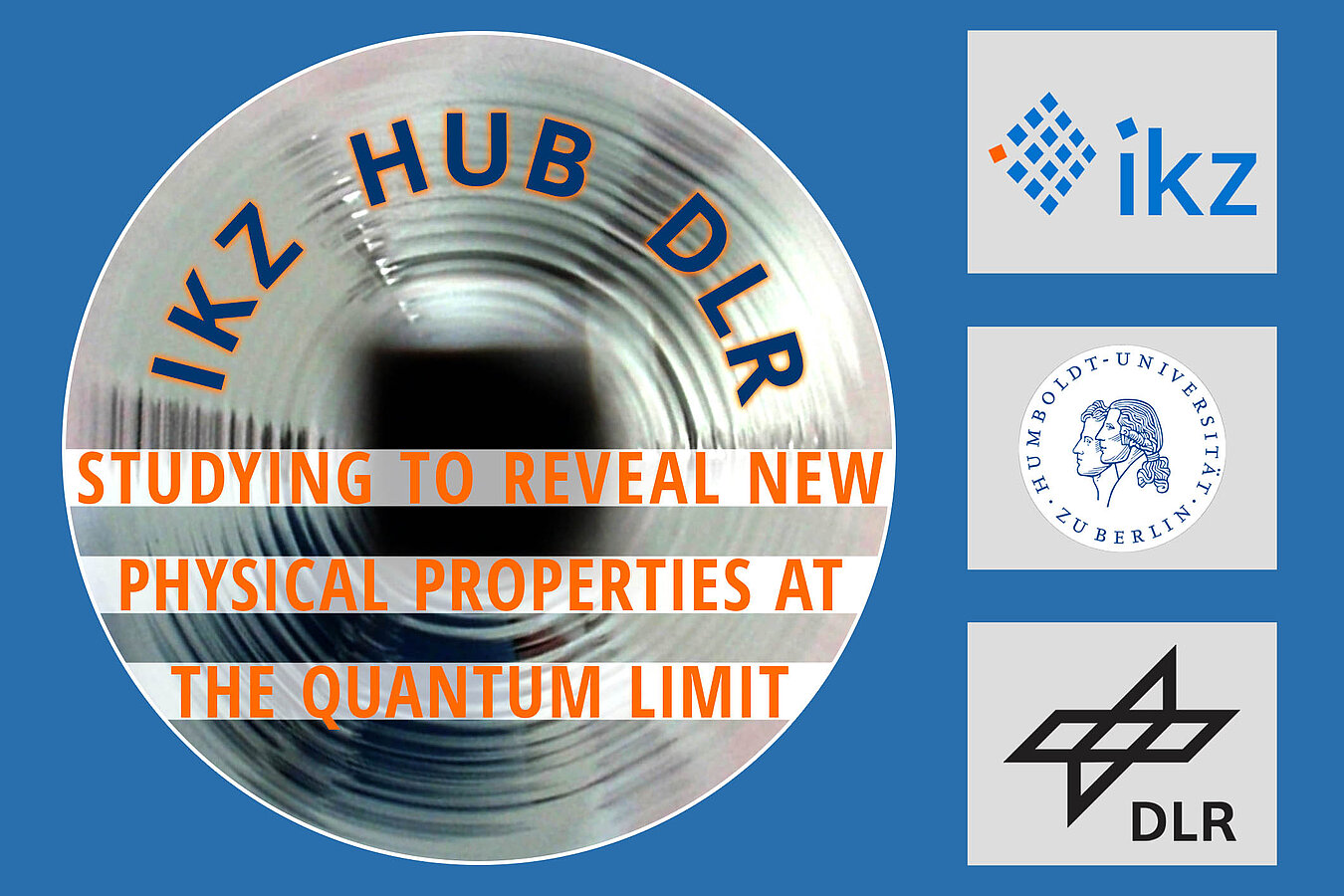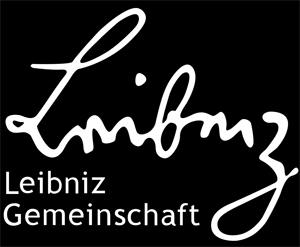Germanium (Ge) has been demonstrated as the purest material that human beings could prepare among all semiconductor materials. Ultra-high purity germanium (u-HPGe) crystalline material with a net charge carrier concentration well below the intrinsic level (<≈1010 cm-3 at low temperatures) has greatly stimulated interest both in basic physics and novel applications of Ge in recent years. Until now doped semiconductors are primarily used for electric-field driven high-density electron devices while single-electron semiconducting transistors consider commonly nanometer-size structures, such as doped quantum dots. On the other hand, particularly high-purity combined with tailored very low-level doping and co-doping is very promising to investigate the physical properties of such a unique single crystalline material up to a single-electron limit of a dopant. At a very low dopant concentration in a bulk semiconductor, its interaction with neighboring impurities vanish to a real single-electron physical limit, for which properties are not yet explored due to lack of such a customized material. Probing the attractive primary properties of crystals co-doped with acceptors of different valences slightly above their residual level is also of fundamental interest.
This exciting research is funded by the DFG and will be carried out in close collaboration with Humboldt-University (HU)/ German Aerospace Center (DLR)-Institute of Optical Sensor Systems, Berlin. The research also includes crystals with selected isotopic content by enrichment or depletion of lattice and impurity atoms, as till to date the properties of isotopically enriched Ge crystals are not known completely and are investigated very scarcely. The goal is getting new insights on interaction of charge carriers bound to impurity centers with a host lattice (electron-phonon interactions), interaction with local vibrational modes, as well as with different isotopes, both on the host lattice and on the impurity sites. In this very challenging project, IKZ-Berlin will intend to prepare and do processing of such materials for researching the underlying properties of this new, not yet available material while HU/DLR will characterize the optical properties of the novel material. All these planed works are envisaged to shed some lights into unknown properties of this class of crystals.
For more information:
R. Radhakrishnan Sumathi (Section Semiconductors)


